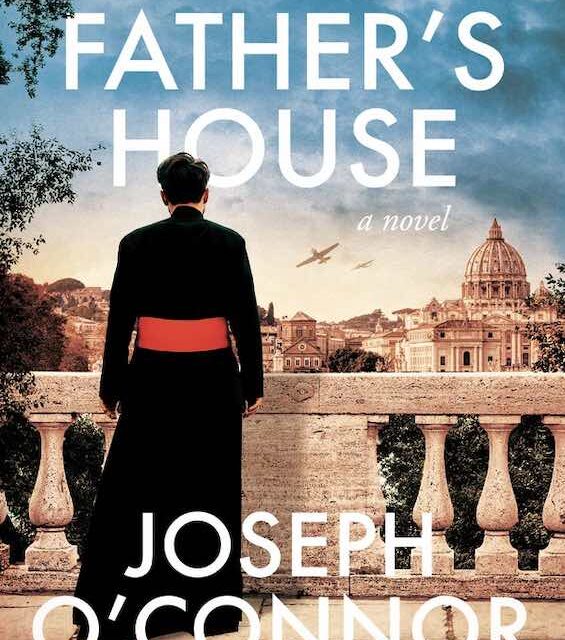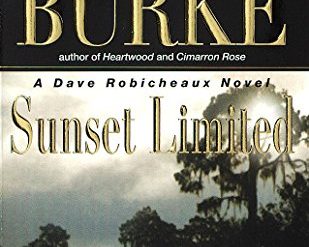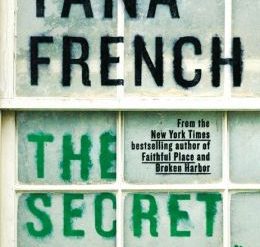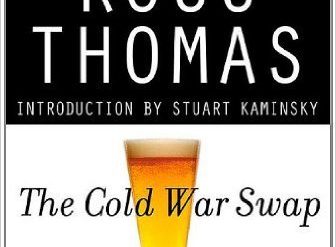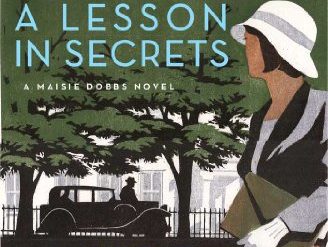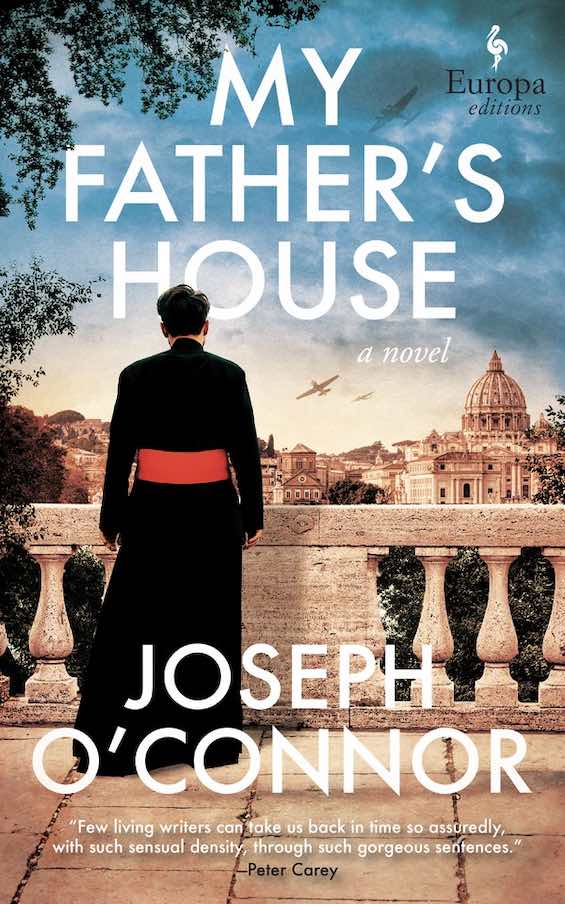
Oskar Schindler and Raoul Wallenberg are the best known of the 28,000 Righteous Among the Nations. All were non-Jews from fifty-one countries recognized by Israel’s holocaust museum, Yad Vashem. The Irish priest Monsignor Hugh O’Flaherty is much less well known, and joined the list only in 2017. That was more than seventy years after his heroic leadership in the WWII Vatican escape line. O’Flaherty led the effort, recruiting other priests, an Irish diplomat and his wife, agents of the Free French, Italian partisans, and escaped soldiers. Together, they helped 6,500 Allied POWs and Jews escape the homicidal Nazi tyranny. The Monsignor’s remarkable story comes back to life in acclaimed Irish novelist Joseph O’Connor’s suspense-filled novel, My Father’s House.
Estimated reading time: 5 minutes
A loud run-in with the Pope
As Wikipedia notes (and other sources confirm), “In the early years of World War II, O’Flaherty toured prisoner of war (POW) camps in Italy and tried to find out about prisoners who had been reported missing in action. If he found them alive, he tried to reassure their families through Radio Vatican.” In the novel, O’Connor portrays him as defying SS guards on these trips. He engages the soldiers in conversation, distributes food to them, leads them in song, and otherwise helps build their morale. The Vatican, and Pope Pius XII in person, view this as insubordination. It’s a threat that risks Nazi occupation of the Holy City. In a dramatic scene, Pius shouts down the priest and confines him to Vatican City.
My Father’s House (Rome Escape Line Trilogy #1) by Joseph O’Connor (2023) 440 pages ★★★★★
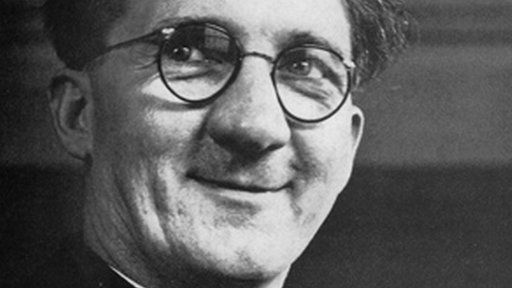
A turn in fortunes offers new opportunities
It’s time for a short diversion into the history of World War II in Italy. This is the historic context for the novel.
Allied troops invaded the island of Sicily in July 1943 and soon began preparations to land on the mainland. With Italian resistance crumbling, King Victor Emmanuel III dismissed Mussolini and had him arrested before the end of July 1943.
Italy immediately released thousands of Allied POWs. Many came from the camps Monsignor O’Flaherty had visited on behalf of the Vatican in the early years of the war. And many made their way to the capital, seeking out the priest for help in escaping the country. As word got around among partisan circles, Jews in hiding or on the run from the Gestapo began showing up as well. O’Flaherty viewed this as an opportunity. With the aid of others, he formed what we now know as the Rome or Vatican Escape Line. He and his collaborators took them all in, hiding them in the Vatican and ferrying them out, dozens or hundreds at a time.
Choir practice to camouflage the escape line
O’Connor tells his story with a shifting point of view, moving from the Monsignor to one, then another of many of the courageous people who worked with him on the escape line. Some appear in print through fictional transcripts of interviews conducted long after the war. In one of these accounts about the origins of the escape line, an Italian named Angelucci tells of a conversation with the monsignor.
“I’ve decided to form a choir,” O’Flaherty informs Angelucci.
“A choir?”
“You’re one of the members.”
“But Monsignore, I can’t sing.”
“I can’t dance, and I’m dancing. You’re about to learn.”
So it was, under cover of choir practice, the core members of the Vatican Escape Line met periodically to plan each rendimiento, the Italian for production or performance. And the story in My Father’s House revolves around one such dangerous rendimiento, on Christmas Eve, 1943. It’s suspensefully written and a joy to read.
About the author
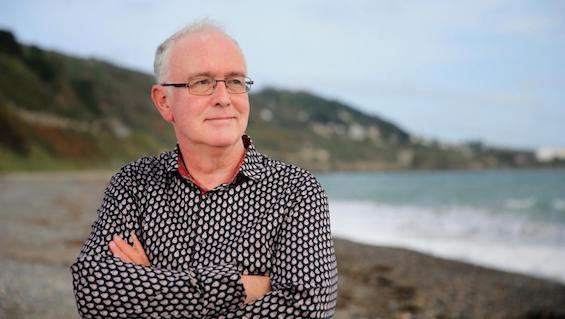
The Irish novelist Joseph O’Connor (1963-) is the author of eighteen books, several screenplays, two collections of short stories, six non-fiction collections, and hundreds of radio diaries. He has won numerous awards for his writing. O’Connor is the eldest of five children and brother of singer Sinéad O’Connor. He graduated from University College Dublin with an M.A. in Anglo-Irish Literature and did post-graduate work at Oxford University. O’Connor received a second M.A. from Leeds Metropolitan University’s Northern School of Film and Television in screenwriting. He is married to a television and film writer, with whom he has two sons. They have lived in Dublin, London, and occasionally in New York City.
For related reading
This is one of The best books of 2023 so far.
You might also enjoy my posts:
- The 10 best novels about World War II
- The 15 best espionage novels
- Good nonfiction books about espionage
- The best spy novelists writing today
- Top 10 mystery and thriller series
- Good books about the Holocaust
If you read spy thrillers, consider dipping into the work of these other excellent authors, who also set espionage novels during World War II:
- The evocative Night Soldiers series from Alan Furst
- Joseph Kanon’s spy thrillers are superb
- Top-notch spy novels from Alex Gerlis
And you can always find my most popular reviews, and the most recent ones, on the Home Page.

